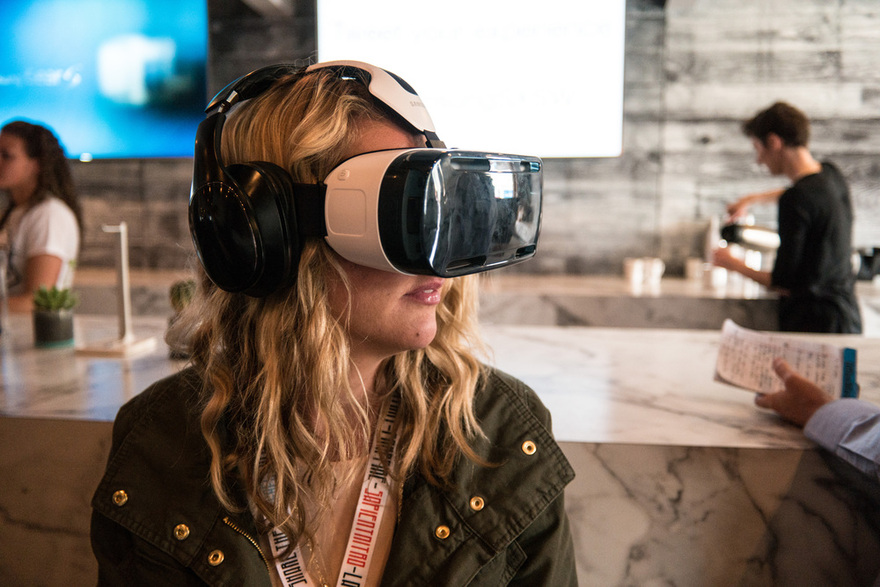
We are often contacted by marketers who have seen virtual reality (VR) in practice at product launches, exhibitions and events and would like to make VR part of their marketing campaigns but are not sure how. Although much has been written about VR in the past couple of years, there still seems to be a disconnect when it comes to how brands can make VR work for them.
In this article, we hope to put that right. In the last couple of years, virtual reality has pushed past niche spaces like gaming to become a whole new canvas for marketers to tell their stories and capture and grab the consumers’ attention. But the learning curve can be steep, which is why we’ve created this guide to virtual reality for marketers to help you get it right.
A new way to tell stories
In terms of immersive experiences, virtual reality has proven tough to beat. A recent study used neuroscience technology to measure user response to the same content presented across traditional 2D, flat 360-degree video and true virtual reality. Virtual reality prompted a 27 percent higher emotional reaction and kept users engaged for 34 percent longer.
This led the researchers to conclude that virtual reality gives brands the opportunity to be more visceral and emotional. This is critical for marketing today with more brands trying to elicit genuine emotions from their content. A Goldman Sachs research report (pdf) agreed, suggesting that the unique immersive capabilities of VR will ‘take it from niche use case to a device as ubiquitous as the smartphone’.
How can virtual reality be used?
So virtual reality’s credentials are clear, but how can this new technology be used to help brands achieve their marketing objectives? Even with household penetration of VR headsets in its infancy, VR marketing campaigns can still be far-reaching thanks to the viral responses they can generate. Currently, virtual reality is being used to:
- Demonstrate the attributes, features and functionality of products;
- Communicate a brand’s mission at the point of sale;
- Immerse users in a branded entertainment experience and add excitement to pop-up events;
- Help users make more informed choices;
- Add a more immersive dimension to traditional print and video storytelling;
- Show how a brand can fit into an aspirational lifestyle.
Here’s an example of the type of experiences we’re talking about.
Creating a VR marketing campaign
If you have an idea you think could benefit from this technology, here are our three tips to help you bring your virtual reality campaign to life.
- Immerse yourself in VR
Before making your idea happen, spend some time finding out what can be achieved in VR. See how VR is being used by the New York Times and explore how other brands are using this technology. Experiencing the potential of VR will help you create better content.
- Understand your options
Think about your budget and talk to a VR studio to understand more about what kind of VR experience you can achieve. You can start small by buying a 360 camera that will allow you to create your own content, or talk to the pros about creating an immersive game or interactive application.
- Get the message on point
While VR is the most engaging way to deliver your message, you still need to make sure the message you want to communicate is strong. As with any marketing campaign, your success rests on the strength of the message and not the way it’s delivered.
Your first steps in an immersive new world
Are you ready to take your first steps in the immersive world of VR marketing? Then find out more about our services and get in touch with our team today.18




